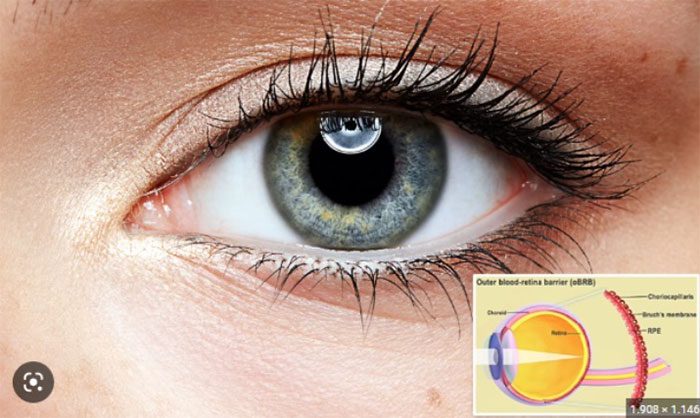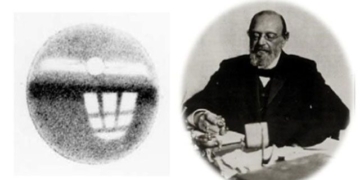On December 22, the National Institutes of Health (NIH) announced that researchers in the United States have utilized patient-derived stem cells and 3D bioprinting technology to create eye tissue, advancing the understanding of the mechanisms behind blindness-related diseases.

American researchers have used patient-derived stem cells and 3D bioprinting technology to create eye tissue. (Photo: nybreaking.com)
The research team from the National Eye Institute of the NIH printed a combination of cells that form the outer blood-retinal barrier, which is the eye tissue that supports photoreceptor cells in the retina to detect light.
The researchers combined three types of immature vascular cells within a hydrogel material, namely: pericytes and endothelial cells (the main components of capillaries) and fibroblasts to construct the tissue structure.
Subsequently, the researchers printed the gel onto a biodegradable scaffold. According to the NIH, within a few days, the cells began to develop into a dense network of capillaries.
The NIH stated that this technique provides an unlimited supply of tissues for studying retinal degeneration diseases, such as age-related macular degeneration.


















































